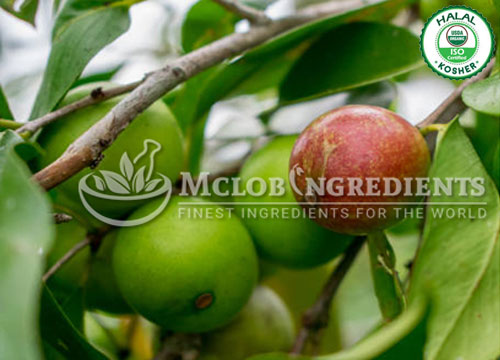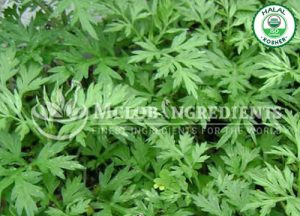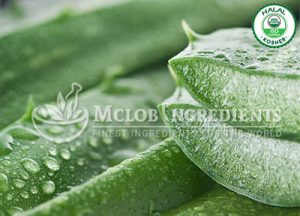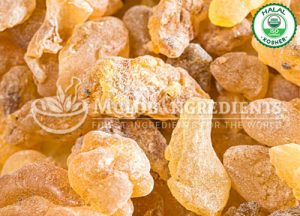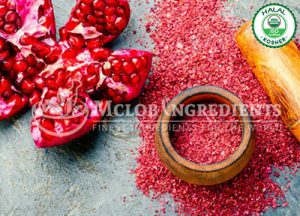Camu-Camu has small flowers. It has waxy white petals and a sweet-smelling aroma and has bushy, feathery foliage. The Individual leaves are 3–20 cm in length and 1–2 cm in wide. Camu Camu is used for viral infections containing the common cold, eye conditions including cataracts, hardening of the arteries (atherosclerosis), chronic fatigue syndrome, and many other conditions, but to support these uses there is no good scientific evidence. Some people used it to increase energy and maintain healthy gums, eyes, immune system, and skin. The camu-camu fruit is purple-black or maroon when fully ripe. It is around 25mm in diameter, with either sweet or acidic flesh. Camu fruit contains many nutrients i.e. vitamin C, beta-carotene, protein, fatty acids, and others. It also includes other chemicals that might affect the body.
Benefits :
It is used in the following diseases are –
- Shingles (herpes zoster)
- Gingivitis
- Glaucoma
- Cataracts.
- Depression.
- Hardening of the arteries (atherosclerosis).
- Headache.
- Asthma.
- Chronic fatigue syndrome (CFS).
- Cold sores (herpes labialis).
- Common colds.
- Nausea
- Osteoarthritis.
Side effects:
- In Camu Camu high level of vitamin C present may increase the levels of stomach acids and lead to intestinal wall damage, along with other digestive problems.
- Chronic Diarrhea.
- Insomnia And Appetite Loss.
Interaction:
Interactions of Camu Camu may interact with a few chemotherapy drugs that rely on free radicals. Camu contains Vitamin C may fight the free radicals and interrupt treatment. However, detailed scientific research is not conducted to establish this interaction.
Dosage:
In Fruit Juice take up to 1 cup 2-3 times daily.
In Tablets/Capsules form taken 1-2 grams twice daily.
In Camu Camu, powder form takes 1 teaspoon daily.



